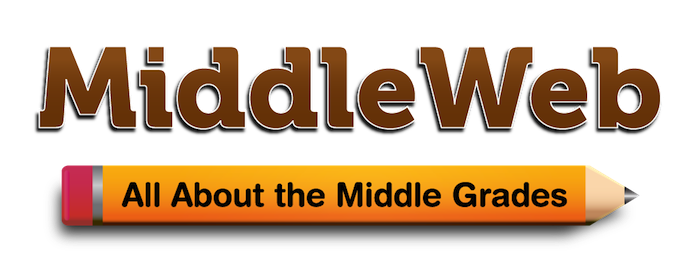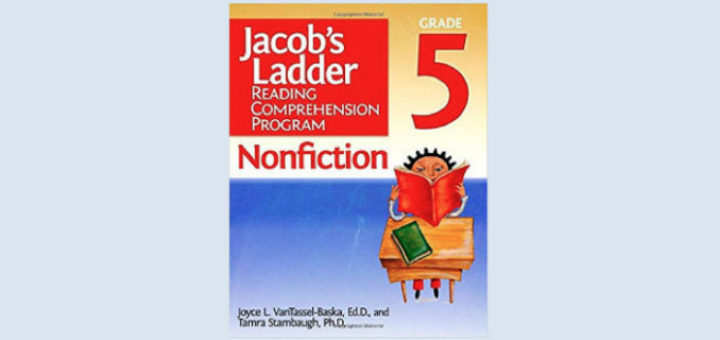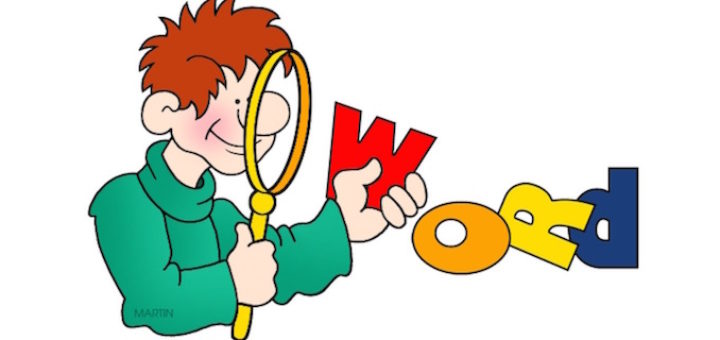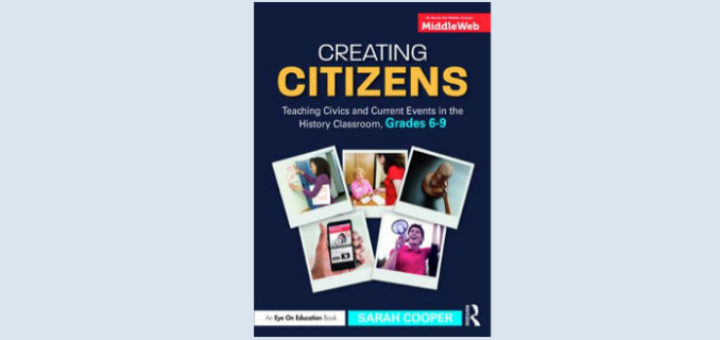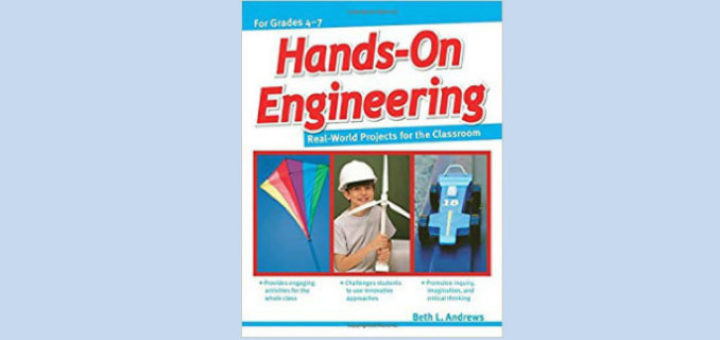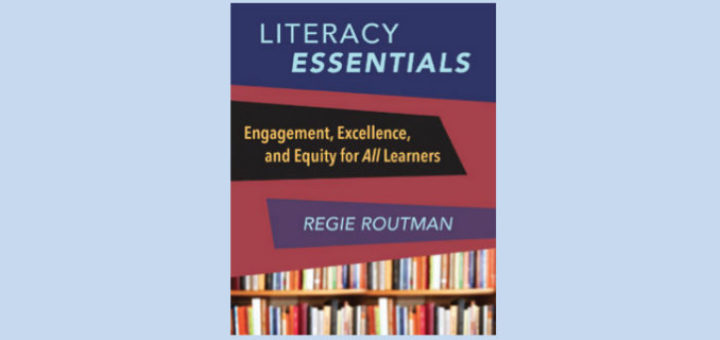Helping Middle Graders Master Nonfiction Texts
With this volume of their Jacob’s Ladder program Joyce VanTassel-Baskel and Tamra Stambaugh have devised a way to garner the most impact from nonfiction mini-lessons while allowing for flexibility and choice within the texts, says educator Erin Corrigan-Smith.
